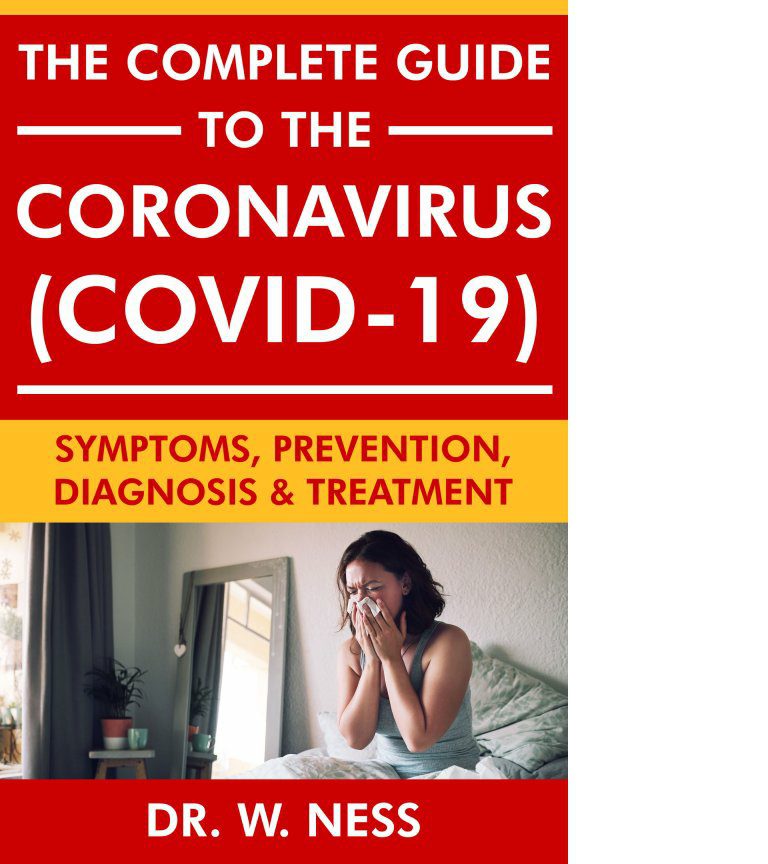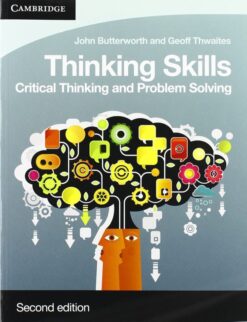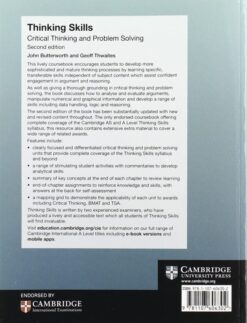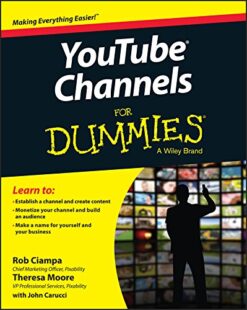Complete Guide to the Coronavirus Dr W.Ness eBook
£9.69 Original price was: £9.69.£1.45Current price is: £1.45.
Format: Kindle Edition
File Size: 231 KB
Print Length: 29 pages
Publisher: Tiny Shoe Media, 2 Mar 2020 (2 Mar. 2020)
Sold by: Books-For-Everyone Media
Language: English
Text-to-Speech: Enabled
X-Ray: Enabled
Word Wise: Enabled
Enhanced Typesetting: Enabled
Customer Reviews: ⭐⭐⭐⭐⭐ 28 customer reviews
The Complete Guide to the Coronavirus (COVID-19): Symptoms, Prevention, Diagnosis & Treatment
The Complete Guide to the Coronavirus (COVID-19): Symptoms, Prevention, Diagnosis & Treatment, is a comprehensive guide for those individuals wanting to know more about the coronavirus (COVID-19).
A must read for anyone concerned about the effects of the coronavirus, its symptoms, effects on the human body, how they can protect themselves from contracting the virus and available treatments.
Inside this in-depth coronavirus guide you will discover:
What the Coronavirus is.
How the Coronavirus is Transmitted.
Symptoms of the Coronavirus.
Who is at Higher Risk of Contracting the Virus.
How to Avoid Contracting the Coronavirus.
The Effects the Coronavirus has on the Human Body.
Available Testing Methods for the Coronavirus.
Currently Available Treatments for the Coronavirus.
Common Myths about the Coronavirus.
And so Much More…
The Complete Guide to the Coronavirus (COVID-19): Symptoms, Prevention, Diagnosis & Treatment, really is a must have to help you understand the what, why and how of the coronavirus and how contracting it can be prevented, what symptoms to watch out for and, how it can be treated.
How Serious is Coronavirus?
Public health officials around the globe agree that the coronavirus is less deadly that SARs however, as of yet they are not 100% certain of how deadly this new strain of coronavirus (covid-19) actually is.
At least 2% of individuals who have contracted the coronavirus globally have been fatal cases but as there is so little currently known about the virus at this time, that rate could be lower/higher.
How Does Coronavirus Spread?
How easy the coronavirus spreads is not fully understood as yet however, most viruses can be spread via person-to-person contact, through respiratory drops after coughing or sneezing, by contact with the virus on surfaces and object.
It is currently not thought that an individual can spread the coronavirus without being sick themselves.
The most common methods of spreading the coronavirus are as follows:
Close Contact.
Respiratory Droplets.
Surface Transfer.
Community Spread.
Community spread of the coronavirus has been reported whereby individuals who have become infected are not aware of how they contracted the virus or even where they contracted it.
Coronavirus Symptoms.
The main symptoms of coronavirus mimic that of the common cold or flu and usually begin to appear in 2-5 days after an infection. It should also be noted that symptoms may differ from individual to individual.
Common coronavirus symptoms may include the following:
Sneezing.
Runny Nose.
Breathlessness.
Aches.
Diarrhea.
Cough.
Fatigue.
Fever.
Sore Throat.
Asthma Attacks.
If you think you have any of these symptoms above and feel like they could be related to contracting the coronavirus, it is recommended that you call 911 and tell the operator your symptoms and ask that you be taken to the hospital for testing.
How to Prevent Coronavirus?
There are a wide range of methods individuals can use to prepare for a coronavirus outbreak, these are fortunately, easy to achieve and are the usual recommendations for avoiding viral colds and infections in general, including:
Staying Calm.
Don’t spread panic, don’t be afraid, fear and panic should not be the primary response to an outbreak of coronavirus.
Do Not Share Utensils.
Avoid sharing eating, drinking, bath towels and items of clothing with other people to reduce the risk of spreading the coronavirus.
Wash Hands Regularly.
Whenever possible, after going to the bathroom, being in public places, working outside and traveling on public transport, be sure to wash your hands thoroughly, it is recommended that a person wash their hands with soap and water for at least 20 to 30 seconds to help reduce the risk of contracting the coronavirus.
Cover Nose & Mouth when you Sneeze.
As with most common colds, including the flu, covering a person’s nose and mouth when they sneeze, as well as sneezing into your elbow can help reduce the possibility of transmission of the coronavirus.
Sanitize Surfaces & Objects.
Recommendations are that hard surfaces and objects that an individual may come into contact with on a regular basis be cleaned with a disinfectant solution.
Avoid Touching Eyes, Nose, Mouth.
By avoiding touching a person’s eyes, nose and mouth, bacteria and viruses spreading is reduced, if you do need to touch these parts of the body, be sure to wash your hands afterwards.
General Cleanliness.
The primary way to reduce the risk of contracting the coronavirus is to ensure that levels of cleanliness are maintained, use soap and water regularly on hands, especially at meal times and after using bathrooms to lower the possibility of contracting the virus.
Use Hand Sanitizer.
It is recommended that individuals also utilize hand sanitizers with at least 60% alcohol solution where fresh water and soap is not readily available.

Be the first to review “Complete Guide to the Coronavirus Dr W.Ness eBook” Cancel reply
You must be logged in to post a review.
Related products
Non Fiction
Kindle Store
Computing & Information Technology
Data Analysis with Microsoft® Excel®: Updated for Office 2007 [Digital Edition]
Marketing Books
Non Fiction
Marketing Books



















Reviews
There are no reviews yet.